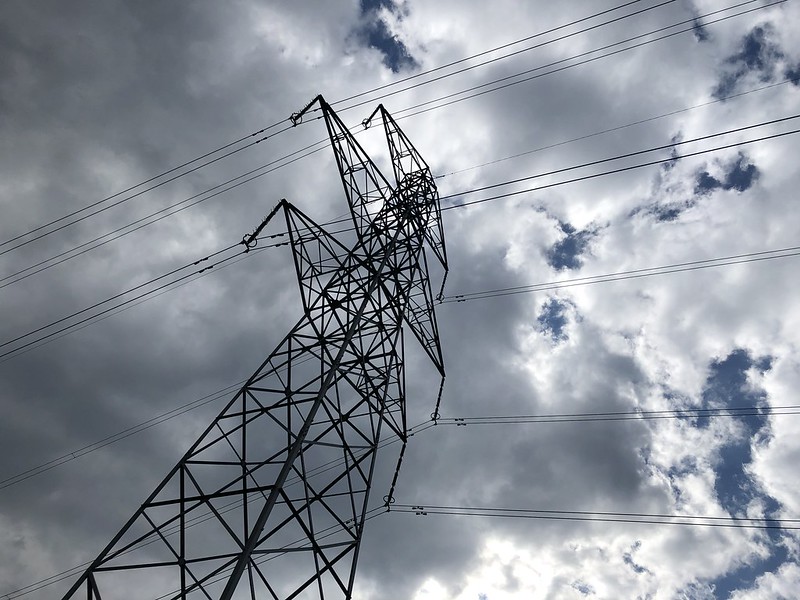This page contains automatically translated content.
Researchers at the University of Kassel and the Fraunhofer IEE optimize power grids with AI
 Image: Rosmarie Voegtli/Dynamic
Image: Rosmarie Voegtli/DynamicIn view of the increasing share of renewable energies in Germany, electricity grid operators are facing new challenges. Generation and demand are subject to increasing fluctuations, as the amount of electricity generated from renewable sources such as wind and solar varies and at the same time more and more households are feeding electricity into the grid on a decentralized basis. Operators must therefore balance a large number of variables in order to ensure a constant and reliable supply.
This is where the GNN4GC (Graph Neural Networks for Grid Control) research project from the Department of Intelligent Embedded Systems at the University of Kassel comes in. "Our goal is close cooperation between research and industry in order to develop practical solutions for these challenges of the energy transition," explains Dr. Christoph Scholz, head of the project at the University of Kassel. The project team at the University of Kassel also includes Pawel Lytaev, Clara Holzhüter and Mohamed Hassouna.
In collaboration with Fraunhofer IEE and three transmission system operators - TenneT TSO GmbH, 50Hertz and TenneT TSO BV - the researchers are developing new AI-based approaches to optimize electricity grid control. Among other things, Graph Neural Networks (GNNs) and Deep Reinforcement Learning (DRL) are being used.
Graph Neural Networks (GNNs) are particularly efficient at analyzing network structures such as those found in electricity grids. The aim of the research is to use GNNs to accelerate the calculation of network loads and to investigate ways of dynamically adapting the network topology during operation.
At the same time, deep reinforcement learning (DRL) is being used in the project to develop self-learning agents that can identify grid-beneficial states. These models are initially trained in simulations to explore potential solutions for the control and optimization of power grids.
In a first step towards the practical implementation of these innovative approaches, the researchers have already achieved promising results. In a recent publication(https://doi.org/10.1016/j.segan.2024.101510 ), they present an algorithm that enables the identification and integration of such topologies into an existing deep reinforcement learning model. The results show that these target topologies can significantly increase the resilience of the power grid.
Press contact:
Sebastian Mense
University of Kassel
Communication and Marketing
Phone: +49 561 804-1961
Email: presse[at]uni-kassel[dot]de
www.uni-kassel.de